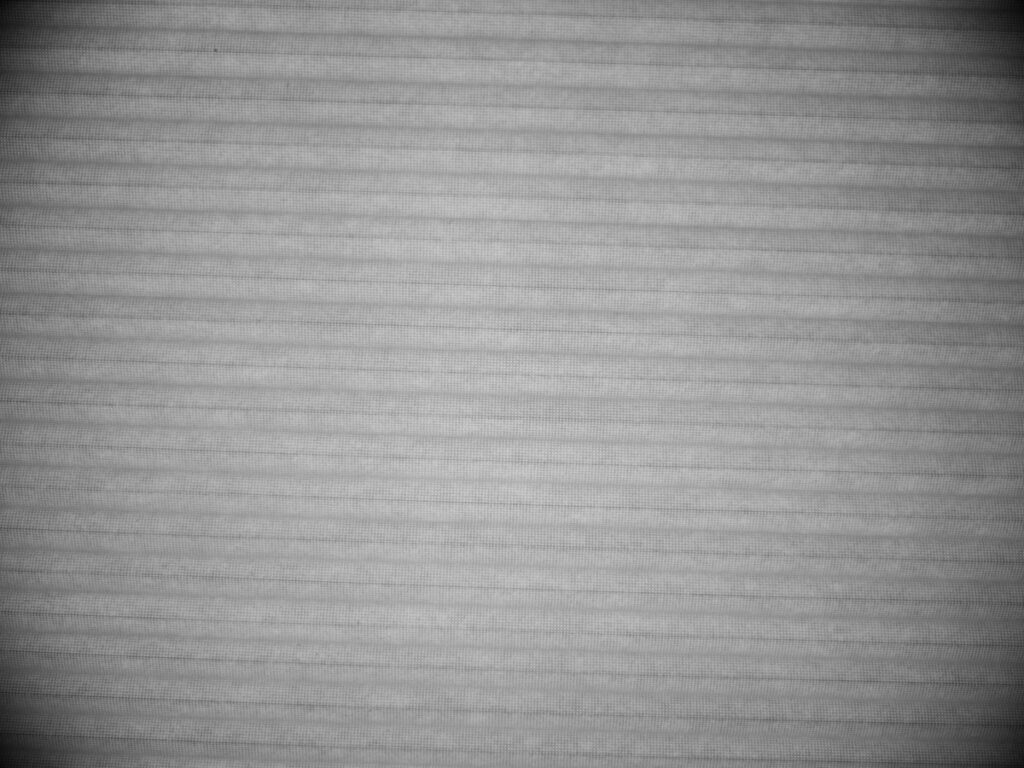The M-mount Leica 90 mm f/2 Apo-Summicron is a special lens. Almost as expensive as the Otus 85/1.4, it doesn’t quite measure up to the Zeiss lens in the standard lens quality metrics. But in spite of — probably because of — its optical deficiencies, it does a superb job of rendering some things. In fact, when I sold my M-mount bodies and lenses, it was the only M-mount lens I held on to.
Yesterday I received a M-mount to G-mount Kipon adapter that had been or order for months. Today I mounted the Apo-‘cron and checked coverage wide open. Here is the result, with Lightroom default settings.


The captions are the subject distances. It’s not an internal focusing lens, so I thought it might do better at close focusing distances. Maybe it does, but not enough to make much difference.
It’ll be fine for square shots, and maybe OK for 4:5 aspect ratio ones, but not for 4:3.
Things improve a bit if you stop down, but the reason to use this lens is to use at between f/5.6 and f/2.
Ah, well. Nothing ventured, nothing gained.
DanB says
Jim – I have found your lens tests interesting, and they have saved me some time and money by knowing which lenses would not likely be useful for me with GFX cameras. A question for you – you have the GFX 50S and GFX100 but you’ve been testing virtually all adapted lenses with the 50S and not with the more demanding GX100. Is that because you are unlikely to use those lenses on the GFX100 for some reason (and if so what might be the reason)? i.e. usually one would think lens tests in general would be conducted on the more demanding camera. Thank you.
JimK says
The GFX 100 is not really more demanding of lenses than the GFX 50x, because of the microlenses employed in the GFX 50x. It just has less aliasing and finer pitch. My GFX 100 is working nearly full full time in my studio, and I don’t want to disassemble the rig if there is no good reason. This was a simple coverage test, so pixel pitch makes no difference.